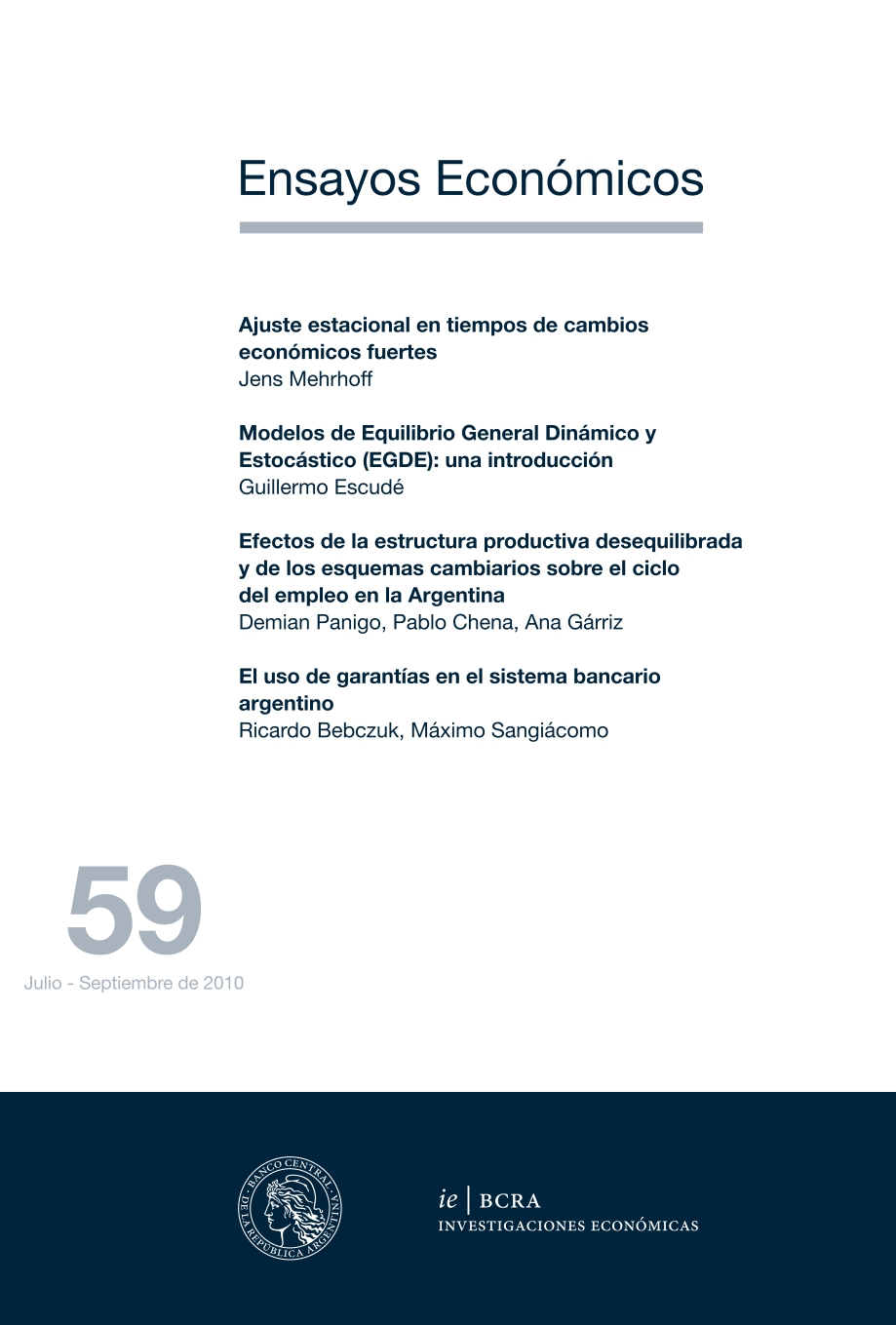Use of Collateral in the Argentine Banking System
Keywords:
Asymmetric Information, Banks, Credit, Collateral, Discrete Choice ModelsAbstract
The paper investigates the use of collateral in the Argentine banking system by exploiting a rich dataset administered by the Central Bank (Central de Deudores). The study focuses on commercial loans to firms with balance sheet information available over the 2001-2005 period. The first part reviews the theoretical and empirical literature and points out the pros and cons of pledging collateral in the context of the modern asymmetric information approach to banking. Afterward, the microeconomic determinants behind the probability of having a loan collateralized-and the corresponding percentage- are studied for a broad sample of firms. Descriptive and econometric results lend support to the traditional view that banks ask more collateral to riskier borrowers (contrary to the signaling approach). In particular, it is found that the probability increases with asset tangibility and the number of lending relationships, and goes down with borrower size and the proportion of short-term loans. The same variables, except for the number of lending relationships, satisfactorily explain the collateral-to-loan value. Surprisingly, no significant correlation was observed neither with the return on assets nor with borrower's performing status. Additionally, the ratio of banking debt and total liabilities to assets exert a positive effect on the use of collateral, while the percentage of loans coming from foreign (public) banks has a negative (positive) impact. These latter variables turn out to be significant only in some years, but they all were highly significant in cross-section exercises based on whole period averages.
JEL classification: C25 ; D82 ; G21 ; H81




